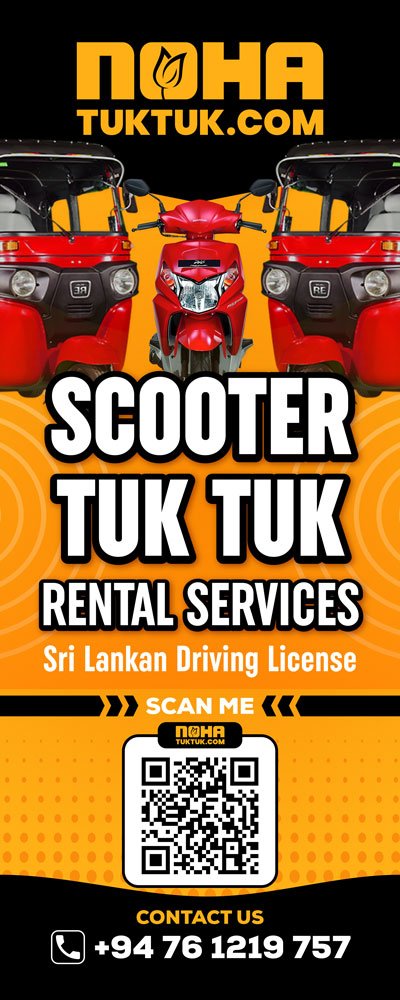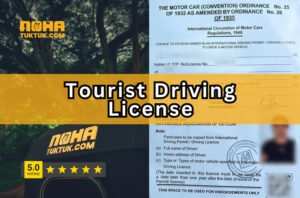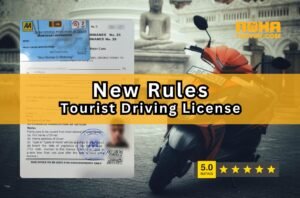TuExploring Sri Lanka in a tuktuk is an exhilarating way to discover the island’s vibrant culture, scenic beaches, and lush hills. However, understanding the driving laws for tuktuks is crucial to ensure a safe and legal adventure. As of 2025, Sri Lanka has specific regulations for tuktuk rentals, and companies like NOHA TukTuk make compliance easy with their comprehensive services. This guide covers everything you need to know about tuktuk driving regulations in Sri Lanka, from licensing to road rules, ensuring your journey is both fun and hassle-free.
Whether you’re a tourist planning a self-drive tuktuk adventure or a first-time visitor, adhering to Sri Lankan tuktuk driving laws will help you avoid fines and enjoy a seamless experience. Let’s dive into the key regulations and how NOHA Tuk Tuk enhances your trip with tailored support.
Tuktuk Driving License Requirements in Sri Lanka
To legally drive a tuktuk in Sri Lanka, you must obtain a Sri Lankan driving permit endorsed for three-wheelers. A standard International Driving Permit (IDP) or your home country’s license alone isn’t enough, you’ll need specific authorization for tuktuks.
- How to Get a Tuktuk Permit: Visit the Automobile Association of Ceylon (AAC) in Colombo with your IDP, valid national driver’s license, and passport. The process typically takes 2-3 hours and costs around 35 USD, depending on the duration.
- NOHA TukTuk Advantage: NOHA TukTuk simplifies the tuktuk licensing process by handling your permit application. Simply send your documents (IDP, passport, visa, and photos) to their team before arrival, and they’ll arrange your Sri Lankan tuktuk driving permit for you, often available at Bandaranaike International Airport (BIA) for instant pickup.
This ensures you comply with tuktuk driving laws in Sri Lanka and can hit the road without delays, whether exploring Colombo’s bustling streets or Kandy’s serene hills.
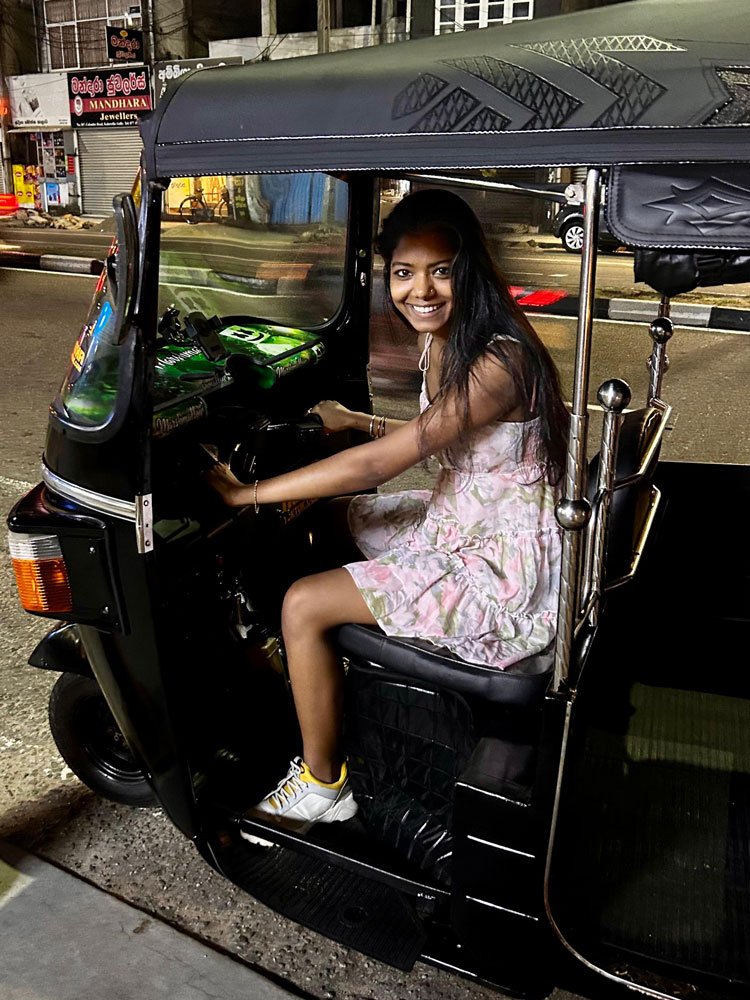
Key Tuktuk Road Rules and Regulations
Navigating Sri Lanka’s roads in a tuktuk requires adherence to specific driving laws for tuktuks to ensure safety and avoid penalties. Here are the core rules:
- Speed Limit for Tuktuks: The maximum speed for tuktuks is 40 km/h, as mandated by Sri Lankan traffic laws. This limit accounts for the vehicle’s open design and ensures safer handling on busy or rural roads.
- Driving Side: In Sri Lanka, you must drive on the left side of the road. This is a fundamental rule for all vehicles, including tuktuks, and is critical for avoiding collisions in chaotic traffic.
- Highway Restrictions: Tuktuks are prohibited on highways, such as the Southern Expressway, as per the Expressway Operation Maintenance and Management Division of the Road Development Authority. These roads are reserved for faster vehicles, and tuktuks are better suited for urban and rural routes like Galle or Ella’s scenic paths. More Details: Expressway Operation Maintenance And Management Division Road Development Authority – Sri Lanka
- Passenger Capacity: A tuktuk can carry a maximum of four people, including the driver. Overloading violates tuktuk safety regulations and can lead to fines or unsafe driving conditions.
By following these Sri Lankan tuktuk road rules, you’ll enjoy a smoother journey while respecting local laws.
Why Choose NOHA Tuk Tuk for Your Adventure
NOHA Tuk Tuk goes beyond basic compliance with driving laws for tuktuks, offering a range of services to elevate your tuktuk rental in Sri Lanka:
- Fully Covered Rental Insurance: Every tuktuk rented through NOHA includes comprehensive insurance, covering the driver, passengers, and vehicle. This ensures peace of mind, whether you’re navigating crowded markets or remote villages.
- Tuktuk Driving Lessons: New to driving a three-wheeler? NOHA provides personalized tuktuk driving instructions, explaining how to handle the vehicle, follow Sri Lankan traffic regulations, and navigate local road conditions. The introduction includes tips on signaling, parking, and managing tight turns.
- 24/7 Roadside Assistance: Unexpected issues like flat tires or navigation challenges? NOHA’s 24/7 roadside support ensures help is always a call away, making your self-drive tuktuk adventure stress-free.
- Route Planning Support: NOHA offers customized itineraries, recommending safe, tuktuk-friendly routes to explore Sri Lanka’s hidden gems, from Sigiriya’s ancient ruins to Mirissa’s beaches.
With NOHA Tuk Tuk, you’re not just renting a vehicle, you’re gaining a partner dedicated to making your Sri Lankan tuktuk experience safe, legal, and unforgettable.
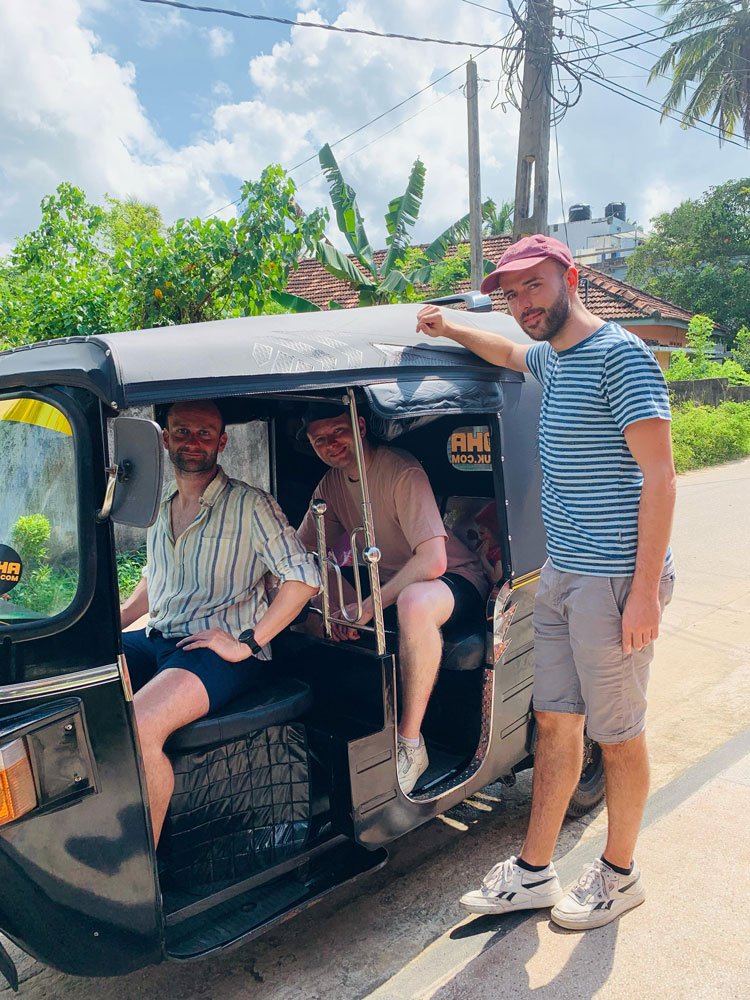
Practical Tips for Safe Tuktuk Driving in Sri Lanka
To maximize your enjoyment and comply with tuktuk driving regulations in Sri Lanka, keep these tips in mind:
- Plan Your Route: Research road conditions, especially in rural areas where fuel stations or signage may be sparse. Use GPS apps or NOHA’s route guides for smoother navigation.
- Stay Vigilant: Sri Lankan roads can be unpredictable, with pedestrians, cyclists, and animals appearing suddenly. Drive cautiously and use your horn sparingly to signal presence, aligning with local driving culture.
- Carry Documentation: Always have your Sri Lankan tuktuk driving permit, passport, and rental agreement on hand to present during police checks.
- Respect Local Norms: Tuktuks are a beloved part of Sri Lankan culture. Drive courteously, especially in busy areas, to foster goodwill with locals.
FAQs: Driving Laws for Tuktuks in Sri Lanka
-
Do I need a special license to drive a tuktuk in Sri Lanka?
Yes, you need a Sri Lankan driving permit endorsed for three-wheelers, obtained through the AAC or DMT with a valid IDP and supporting documents. NOHA TukTuk can assist with this process.
-
What is the speed limit for tuktuks in Sri Lanka?
The speed limit for tuktuks is 40 km/h, as set by Sri Lankan traffic laws to ensure safety.
-
Are tuktuks allowed on highways in Sri Lanka?
No, tuktuks are prohibited on highways like the Southern Expressway, as they’re designed for urban and rural roads.
-
Can I drive a tuktuk with just my home country’s driving license?
No, a home country’s license alone isn’t sufficient. You need an IDP and a Sri Lankan tuktuk permit for legal driving.
-
How many passengers can a tuktuk carry in Sri Lanka?
A tuktuk can carry a maximum of four people, including the driver, per tuktuk safety regulations.
-
What support does NOHA TukTuk offer for tuktuk rentals?
NOHA provides license assistance, comprehensive insurance, driving lessons, 24/7 roadside support, and route planning for a seamless tuktuk rental experience.
Conclusion
Driving a tuktuk in Sri Lanka is a thrilling way to immerse yourself in the island’s beauty, from coastal roads to hill country trails. By adhering to the driving laws for tuktuks, securing a three-wheeler permit, respecting the 40 km/h speed limit, driving on the left, avoiding highways, and limiting passengers to four, you’ll ensure a safe and legal journey. With NOHA TukTuk’s exceptional services, including tuktuk license assistance, full insurance coverage, driving introduction, and 24/7 roadside support, your self-drive tuktuk adventure in Sri Lanka is set to be unforgettable.
Ready to explore? Book with NOHA Tuk Tuk for the best tuktuk rental in Sri Lanka and take advantage of our seasonal discounts. Visit our blog on tuktuk adventures in Sri Lanka for more tips!


